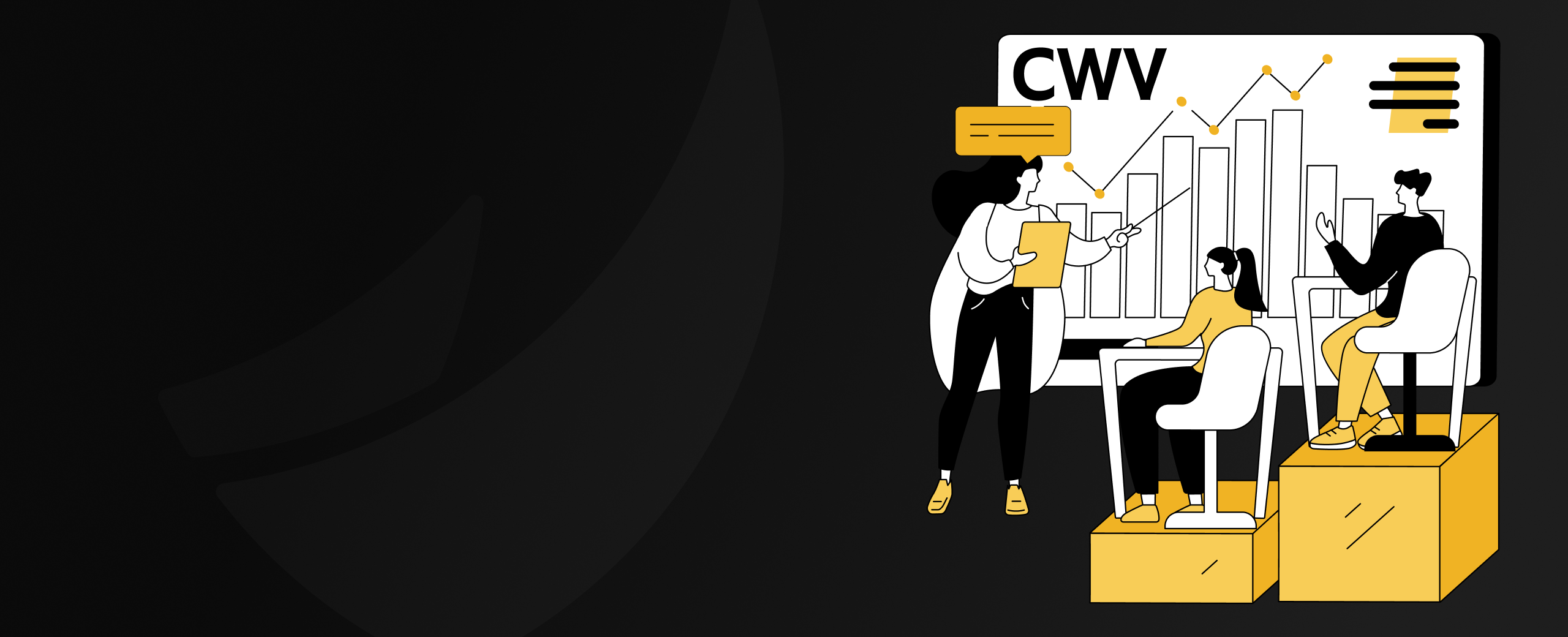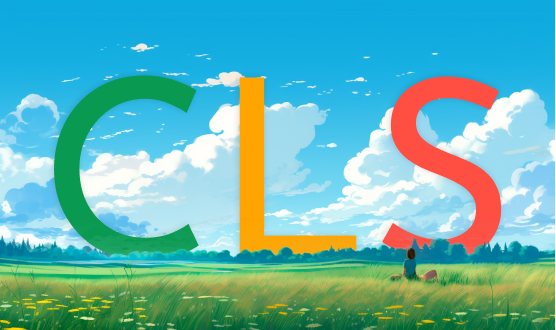Looking to optimize Core Web Vitals? Website performance is no longer a luxury, it’s a necessity. Core Web Vitals (CWV) are a set of metrics established by Google to measure critical aspects of user experience on web pages. These metrics directly impact how quickly your website loads, how responsive it feels to user interactions, and how visually stable it is. Addressing CWV issues is crucial for improving SEO ranking, user engagement, and ultimately, conversion rates. However, with multiple CWV metrics to consider, prioritizing which issues to tackle first can be a challenge. This article will equip you with a strategic framework for prioritizing Core Web Vitals fixes, ensuring you get the most significant impact for your optimization efforts.
Understanding Core Web Vitals
Core Web Vitals consist of three key metrics that measure different aspects of user experience:

- Largest Contentful Paint (LCP): This metric focuses on loading speed. It measures the time it takes for the largest piece of content on your webpage to become visible to the user. A slow LCP translates to longer wait times, impacting user experience and potentially leading to higher bounce rates.
- Interaction to Next Paint (INP): This metric gauges responsiveness. It measures the time it takes for the browser to respond to a user interaction, such as a click or a tap on the screen. A high INP value indicates a laggy and unresponsive website, frustrating users and hindering engagement.
- Cumulative Layout Shift (CLS): This metric focuses on visual stability. It measures the total amount of unexpected layout shifts a user experiences while the page is loading. CLS can occur when elements on the page jump around as content loads, making it difficult for users to interact with the page effectively.
Identifying Your Core Web Vitals Issues
The first step to optimize Core Web Vitals is understanding the current state of your website’s Core Web Vitals. Several free and readily available tools can help you identify and diagnose CWV issues, such as Google PageSpeed Insights and Lighthouse.
Pagespeedtest.co – Our FREE Tool
We offer a more comprehensive tool with additional insights:
- Learn how to fix these issues yourself
- Additional information on CWV
- Top CWV recommendations
- And much more!
And in case you need any assistance, we are Core Web Vitals specialists.
Schedule an appointment for FREE now!
The Prioritization Framework
While all Core Web Vitals are important, addressing them all simultaneously might not be the most efficient approach. A strategic prioritization framework helps you focus on the issues that will have the most significant impact on your website’s performance and user experience – hence on your website’s overall score.
Here are three key factors to consider when prioritizing CWV fixes:
Impact on User Experience
Consider how each CWV metric directly affects user experience. A high LCP time translates to longer loading waits, discouraging users from staying on the page. High INP values lead to a laggy and unresponsive website, hindering user interaction and potentially leading to missed conversions. CLS issues can be particularly frustrating, causing users to click on the wrong elements or accidentally trigger unintended actions.
Difficulty of Fix
The complexity of the solution should also be factored into your prioritization strategy. Simple fixes like optimizing images, minifying code, or enabling browser caching can be implemented relatively quickly. More complex solutions, such as server-side rendering or code refactoring, might require more development resources and time investment.
Business Impact
Certain CWV issues might have a greater impact on specific business goals. For instance, CLS issues on product pages could lead to lower conversion rates, making them a higher priority than CLS issues on less critical pages like blog posts. Similarly, a slow LCP on your homepage, the primary entry point for most users, might be a higher priority than a slow LCP on a deeper landing page within your website.
Prioritization Strategies
Based on the prioritization framework, here are three effective strategies for tackling CWV issues:
- Low-Hanging Fruit: Focus on quick and easy fixes with a significant impact on user experience. This could include optimizing images, enabling compression, minifying code, leveraging browser caching, or reducing the number of third-party scripts. While these fixes might seem minor individually, the cumulative impact on loading speed and responsiveness can be substantial.
- High-Impact Fixes: Address issues that significantly hurt user experience and have a moderate difficulty level. Examples include reducing render-blocking resources and eliminating unnecessary JavaScript execution. These optimizations might require some development effort but can significantly improve INP and overall user experience.
- Strategic Investments: Focus on complex fixes with a high potential impact on user experience and business goals. This category might include server-side rendering, implementing a Content Delivery Network (CDN), or code refactoring. While these solutions require more resources, they can have a lasting and significant impact on overall website performance and SEO ranking.
Additional Considerations to Optimize Core Web Vitals
Optimizing Core Web Vitals is an ongoing process. It’s crucial to track your progress by running CWV tests after implementing fixes. This will allow you to measure the effectiveness of your efforts and identify any new issues that may arise.
Conclusion
By implementing a strategic prioritization framework, you can ensure your Core Web Vitals optimization efforts deliver the most significant impact on your website’s performance and user experience. Focusing on low-hanging fruit first provides a quick win, while addressing high-impact issues and strategically investing in complex fixes ensures long-term website optimization success. Remember, a well-performing website leads to a more engaged user base, improved conversion rates, and ultimately, a thriving online presence, which in turn boosts your website’s ranking in SERPs.



